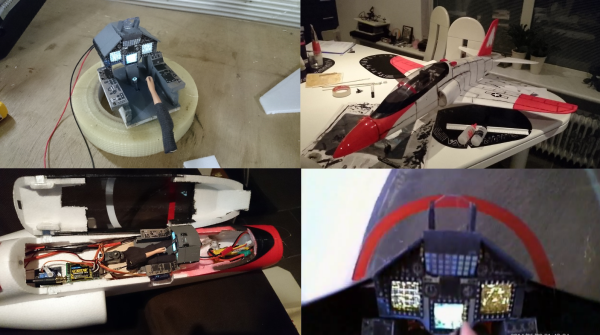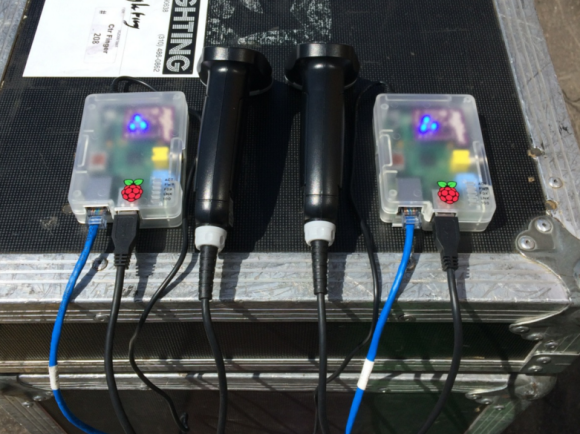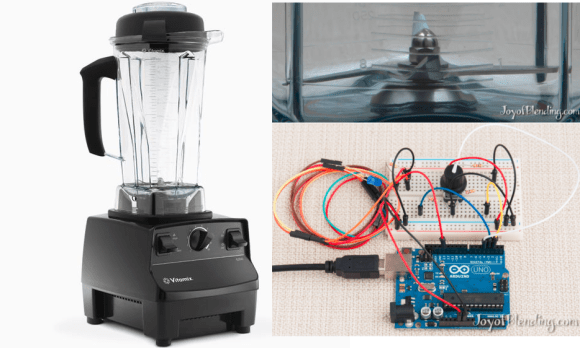
[Bcmanucd] must have been vying for husband of the year when he set out to build his wife a custom time trials bicycle. We’re not just talking about bolting together a few parts either – he designed, cut, welded, and painted the entire frame from scratch. Time trial racing is a very specific form of bicycle racing. Bikes are built for speed, but drafting is not allowed, so aerodynamics of the bike and rider become key. Custom bikes cost many thousands of dollars, but as poor college students, neither [Bcmanucd] nor his wife could afford a proper bike. Thus the bicycle project was born.
[Bcmanucd] created the basic geometry on a fit assessment provided by his wife’s cycling coach. He designed the entire bike in Autodesk Inventor. Once the design was complete, it was time to order materials. 7005 aluminum alloy was chosen because it wouldn’t require solution heat treating, just a trip to the oven to relieve welding stresses. Every tube utilized a unique cross section to reduce drag, so [Bcmanucd] had to order his raw material from specialty bike suppliers.
Once all the material was in, [Bcmanucd] put his mechanical engineering degree aside and put on his work gloves. Like all students, he had access to the UC Davis machine shop. He used the shop’s CNC modified Bridgeport mill to cut the head tube and dropouts.
The most delicate part of the process is aligning all the parts and welding. Not a problem for [Bcmanucd], as he used a laser table and his own jigs to keep everything lined up perfectly. Any welder will tell you that working with aluminum takes some experience. Since this was [Bcmanucd’s] first major aluminum project, he ran several tests on scrap metal to ensure he had the right setup on his TIG welder. The welds cleaned up nicely and proved to be strong.
The entire build took about 3 months, which was just in time for the first race of the season. In fact, during the first few races the bike wasn’t even painted yet. [Bcmanucd’s] wife didn’t seem to mind though, as she rode it to win the woman’s team time trial national championships that year. The bike went on to become a “rolling resume” for [Bcmanucd], and helped him land his dream job in the bicycle industry.
Echoing the top comment over on [Bcmanucd’s] Reddit thread, we’d like to say awesome job — but slow down, you’re making all us lazy spouses look bad!




 Some people really love their smoothies. We mean really, really, love smoothies and everything about making them, especially the blenders. [Adam] is a big fan of blenders, and wanted to verify that his Vitamix blenders ran as fast as the manufacturer claimed. So he built not one, but
Some people really love their smoothies. We mean really, really, love smoothies and everything about making them, especially the blenders. [Adam] is a big fan of blenders, and wanted to verify that his Vitamix blenders ran as fast as the manufacturer claimed. So he built not one, but Behind a nondescript loading dock in Brooklyn stands a normal looking brick building. Go up 3 narrow flights of stairs – you’ll find yourself at the door to the awesome known as
Behind a nondescript loading dock in Brooklyn stands a normal looking brick building. Go up 3 narrow flights of stairs – you’ll find yourself at the door to the awesome known as  Pick and Place machines are one of the double-edged swords of electronics.They build your boards fast, but if you don’t have everything setup perfectly, they’ll quickly make a mess. A pick and place can’t grab a resistor from a pile and place it – so far only humans can pull that one off. They need parts organized and oriented in reels or trays.
Pick and Place machines are one of the double-edged swords of electronics.They build your boards fast, but if you don’t have everything setup perfectly, they’ll quickly make a mess. A pick and place can’t grab a resistor from a pile and place it – so far only humans can pull that one off. They need parts organized and oriented in reels or trays.









